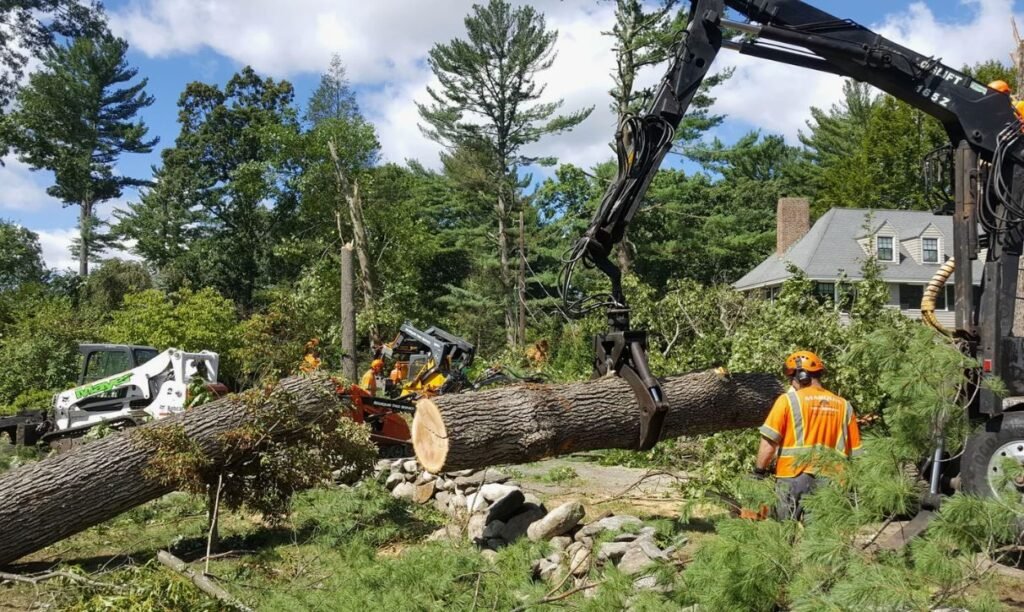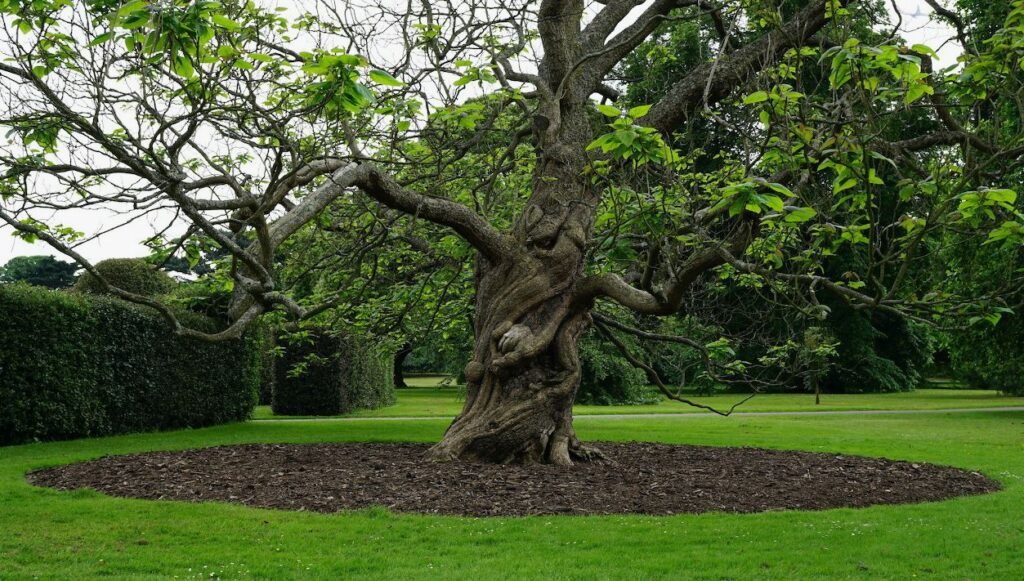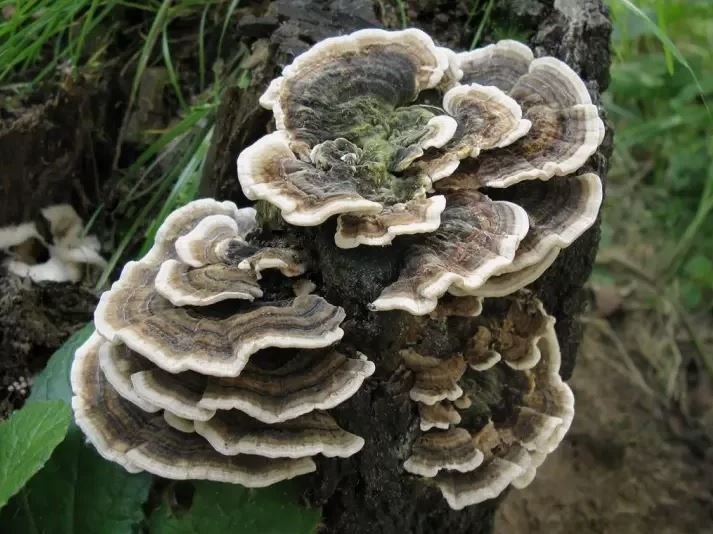Tree removal is often viewed negatively, but in many cases, it plays a crucial role in maintaining healthy ecosystems. While trees are essential to our environment, their removal can sometimes benefit the surrounding environment, wildlife, and even human communities. This blog explores the environmental benefits of tree removal, when it’s necessary, and why calling a professional for tree removal services is vital for responsible and effective tree management.
Understanding the Role of Tree Removal in Environmental Health
Trees are vital components of ecosystems, but not all trees contribute positively to the environment throughout their life cycle. In certain circumstances, removing trees is not only beneficial but necessary for environmental balance. Whether due to disease, overcrowding, or invasive species, tree removal can improve forest health, reduce risks to biodiversity, and promote the growth of healthier plants.

When Tree Removal Benefits the Environment
1. Managing Invasive Species
Invasive tree species can severely disrupt native ecosystems by outcompeting local flora and taking over vast areas of land. These species often grow faster, consume more resources, and reproduce more prolifically than native trees. By removing invasive trees, ecosystems can recover their balance, allowing native species to thrive.
- Example: Species like the Ailanthus tree (Tree of Heaven) grow rapidly and spread aggressively, crowding out native trees and plants. Removing such species gives native vegetation room to flourish and supports local wildlife that depends on indigenous plants for food and habitat.
2. Promoting Forest Health and Regrowth
Forests can become overcrowded, with too many trees competing for sunlight, water, and nutrients. Overcrowded forests often have weak, unhealthy trees, which are more susceptible to disease and pests. By selectively removing certain trees, forest managers can promote better growth for the remaining trees, leading to a healthier and more resilient ecosystem.
- Thinning the Forest: In many cases, strategic tree removal, known as thinning, allows more sunlight to reach the forest floor. This encourages the growth of understory plants, which are essential for soil health, water retention, and providing habitat for small wildlife species.
3. Mitigating the Spread of Disease
Diseased trees can pose a significant threat to surrounding vegetation. Fungal infections, insect infestations, and tree rot can spread rapidly if left unchecked, potentially decimating large areas of forest. Removing infected trees quickly is crucial to preventing the spread of disease and protecting the overall health of the ecosystem.
- Dutch Elm Disease: A common example is Dutch Elm Disease, which can devastate entire populations of elm trees. Swift removal of infected trees can prevent the disease from spreading and safeguard other healthy trees in the area.
4. Reducing the Risk of Wildfires
In areas prone to wildfires, dead or dying trees can act as fuel, increasing the intensity and spread of fires. Tree removal in fire-prone areas, especially of dead or weakened trees, helps reduce the risk of wildfires by eliminating potential fuel sources. Removing these trees not only protects human communities but also preserves wildlife habitats and reduces the environmental damage caused by fires.
- Firebreaks: In fire-prone regions, creating firebreaks through selective tree removal is a common strategy to stop or slow the spread of wildfires, giving firefighters better control over the situation and minimizing destruction.
Tree Removal and Wildlife Habitats

1. Maintaining Healthy Habitats
While trees provide essential habitats for wildlife, overcrowded or diseased forests can lead to unhealthy conditions for animals. When forests are too dense, the lack of light and resources can limit the diversity of plant life, which, in turn, limits food sources and shelter for wildlife. Removing certain trees allows sunlight to penetrate the forest floor, encouraging the growth of a variety of plants and improving habitat diversity.
- Supporting Species Diversity: Removing invasive or weak trees encourages a diverse range of plant species, which helps support a broader array of wildlife species. This diversity creates a more stable and resilient ecosystem.
2. Preventing Harm to Wildlife
Dead or decaying trees, while sometimes beneficial for certain species, can also pose a hazard to wildlife. Weak branches or entire trees can fall unexpectedly, damaging habitats or even injuring animals. Removing these unstable trees protects wildlife and ensures a safer environment.
- Creating Wildlife-Friendly Spaces: When trees are removed responsibly, other measures such as planting native species or installing birdhouses can help mitigate the loss of habitat, providing new shelters for local wildlife.
Environmental Benefits of Urban Tree Removal

Tree removal in urban settings can also have positive environmental effects when done thoughtfully. Overgrown or diseased trees in cities can lead to various issues, including damage to infrastructure and negative impacts on other plant life.
1. Protecting Urban Ecosystems
In urban areas, trees that are too close together or that have outgrown their space can cause environmental problems. Their roots can damage underground utilities, sidewalks, and building foundations. Overgrown canopies may also block sunlight from reaching other plants, preventing them from growing and thriving. Removing certain trees allows urban ecosystems to balance, making space for new plantings and maintaining a healthy, green environment.
2. Improving Air and Water Quality
While trees improve air and water quality, decaying or diseased trees can contribute to poor air quality by harboring mold and fungi. Additionally, diseased or dead trees are less effective at filtering air and water. Removing unhealthy trees and replacing them with new, vibrant trees can help improve air quality, reduce runoff, and enhance the overall urban environment.
Best Practices for Responsible Tree Removal
1. Assessing the Need for Tree Removal
Before removing any tree, it’s essential to assess the situation carefully. Tree removal should be based on sound ecological reasoning, whether it’s due to disease, overcrowding, invasive species, or fire risk. Consulting with a professional arborist can help determine if tree removal is the best course of action for the environment.
2. Planting New Trees
When a tree is removed, it’s often beneficial to plant new trees in its place to restore balance to the ecosystem. Choose native species that are well-suited to the local environment to provide food and shelter for wildlife while maintaining biodiversity.
3. Creating a Sustainable Landscape
Sustainable landscaping involves more than just planting and removing trees; it’s about creating a balanced, healthy ecosystem. Incorporate practices such as mulching, planting a variety of species, and encouraging wildlife-friendly habitats to enhance the benefits of tree removal.
When to Call a Professional for Tree Removal

Tree removal is a complex and potentially dangerous task that should not be attempted without the proper skills and equipment. It is essential to call a professional arborist when:
- The tree is large or near structures: Removing large trees or trees near buildings, power lines, or other structures requires specialized equipment and expertise to ensure the process is safe and controlled.
- The tree is diseased: If a tree is suffering from disease or pest infestations, a professional can assess whether removal is the best option and take the necessary steps to prevent the spread of disease to other trees.
- You’re unsure of the tree’s health: If you suspect that a tree is dead or dying but aren’t certain, a professional can conduct a health assessment and provide expert advice on whether removal is necessary.
While tree removal may seem counterintuitive to environmental conservation, it can offer substantial benefits when done for the right reasons. Managing invasive species, promoting forest health, preventing the spread of disease, and reducing wildfire risks are just a few ways that responsible tree removal contributes to the environment. Urban settings also benefit from thoughtful tree removal, as it improves air and water quality and protects infrastructure.
Ultimately, tree removal should be part of a broader, sustainable landscape management strategy that includes careful assessment, professional help, and replanting when necessary. By taking a balanced approach, we can maintain healthy ecosystems and ensure that our forests, wildlife, and urban spaces continue to thrive.




